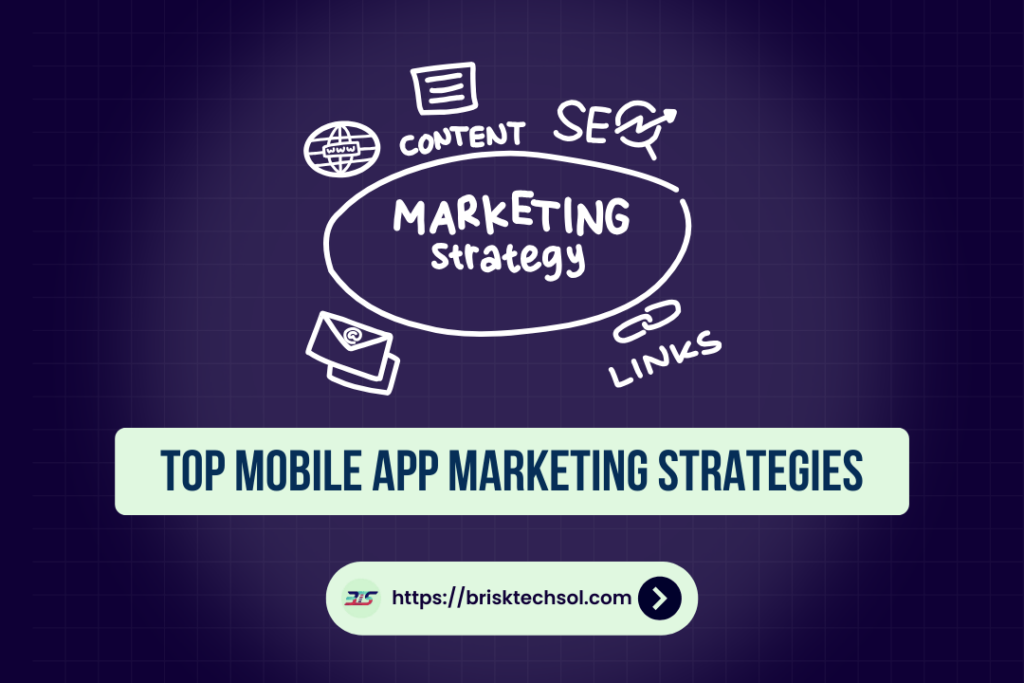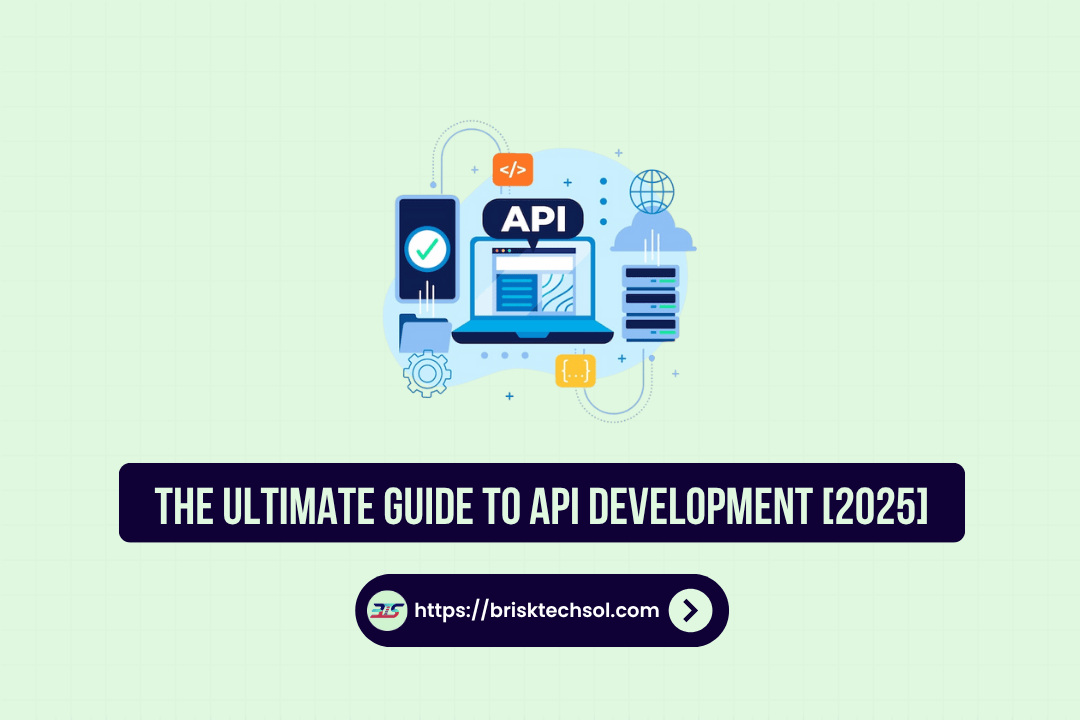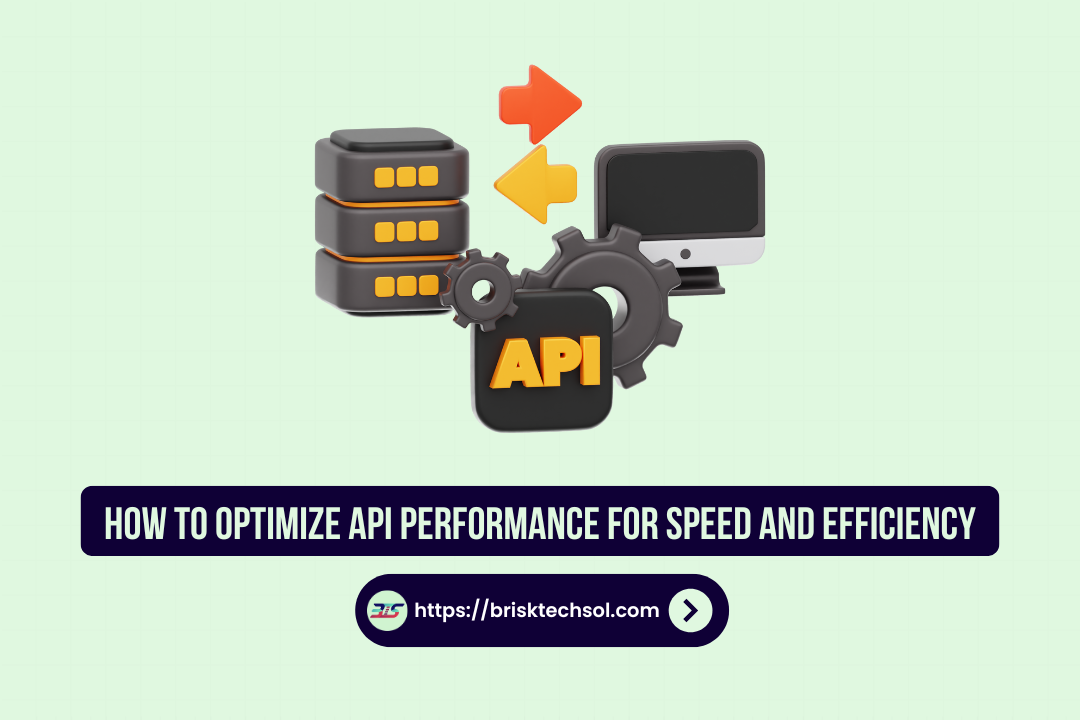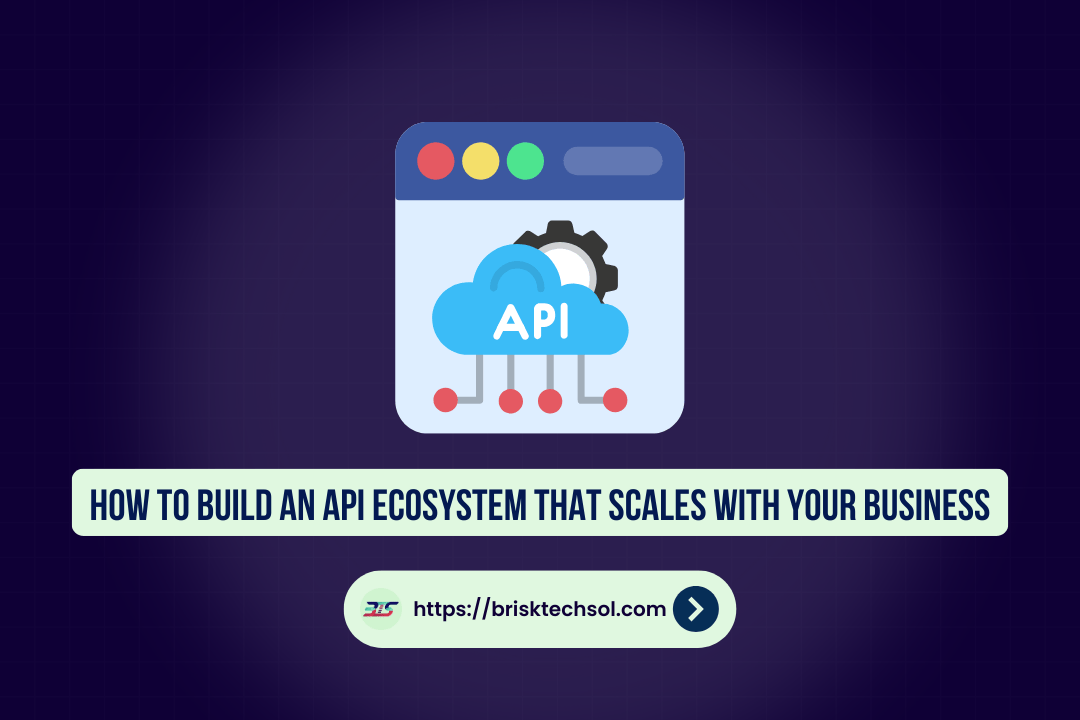Mobile app marketing is essential for standing out in the competitive app world. With millions of apps available, effective marketing strategies help improve visibility, drive downloads, and retain users. This guide provides key insights into app marketing techniques such as App Store Optimization (ASO), paid campaigns, social media strategies, and user retention to ensure your app’s success.
Why Mobile App Marketing is Essential?
In the competitive world of mobile apps, marketing is critical to achieving success. With millions of apps competing for user attention, effective marketing is the bridge that connects your app with potential users. Marketing enables you to reach the right audience and increase your app’s visibility in the marketplace.
Without proper marketing, even the most functional app may go unnoticed. App Store Optimization (ASO) helps improve discoverability, while social media, paid campaigns, and content marketing drive user engagement. Furthermore, marketing strategies contribute to long-term user retention, which is essential for continued app growth. The more users are aware of your app, the better the chances of achieving higher downloads and revenue. Marketing helps build a relationship with users by educating them about the value of your app, keeping them engaged with updates, and building trust through transparent communication.
Through effective app marketing, you can also gain insights into your audience’s behavior, allowing you to fine-tune your app’s features and improve user experience. Ultimately, mobile app marketing is essential not just for user acquisition, but for maintaining and growing your app’s user base over time.
Top Strategies for Effective Mobile App Marketing
App Store Optimization (ASO)
App Store Optimization (ASO) is crucial for improving your app’s visibility in app stores, making it easier for users to find and download. ASO involves optimizing your app’s title, description, and metadata with relevant keywords that potential users are likely to search for. A compelling app name, eye-catching app icon, and attractive screenshots further enhance visibility and user appeal.
ASO also includes obtaining positive user reviews and ratings, which build credibility and social proof. These factors influence your app’s ranking and contribute to higher conversion rates. Additionally, ensuring your app is well-reviewed across regions and languages can expand your app’s reach to international markets. Localization helps cater to different language groups, further boosting your app’s discoverability.
While focusing on keywords is important, your app’s overall user experience (UX) also plays a role in ASO. Apps that provide a smooth, bug-free experience and meet user needs are more likely to generate positive feedback, which will result in higher rankings. By continuously monitoring ASO performance and making necessary adjustments, you can increase organic app downloads and sustain user engagement.
Paid User Acquisition
Paid user acquisition is an effective way to accelerate app growth. By investing in targeted advertising campaigns, you can increase app downloads quickly and reach a specific audience. Platforms like Google Ads, Facebook Ads, and Instagram Ads offer precise targeting options that enable you to create ads based on factors like demographics, interests, and location.
When running paid campaigns, Cost Per Install (CPI) is a key metric for measuring the effectiveness of your advertising. By tracking this, you can determine if your campaigns are cost-efficient. Additionally, Lifetime Value (LTV) helps you understand the long-term revenue generated by each user, allowing you to assess the return on investment (ROI).
Running A/B tests on various ad creatives and messaging ensures that your campaigns are optimized for success. Experimenting with different visuals, headlines, and calls-to-action (CTAs) will help identify which ads resonate most with your target audience. Paid user acquisition is especially beneficial when launching a new app, as it helps quickly build a user base and gain initial traction in a crowded market.
Social Media Marketing
Social media platforms are invaluable tools for promoting your mobile app and connecting with potential users. Platforms like Instagram, Facebook, Twitter, and LinkedIn provide a means to showcase your app’s value, interact with users, and build brand awareness.
When marketing an app on social media, consistency is key. Regularly posting engaging content, such as tutorials, behind-the-scenes looks, and app updates, helps you stay top of mind with users. Additionally, user-generated content, such as reviews, testimonials, or photos, strengthens social proof and encourages potential users to download your app.
Another effective strategy is partnering with influencers in your niche to reach a larger audience. Influencers can promote your app directly to their followers, increasing awareness and downloads. Engaging in paid social media ads is also an effective way to increase app visibility, with the ability to target highly specific user segments. Social media marketing allows you to create a loyal user community, promote updates, and maintain ongoing communication with your audience.
Content Marketing
Content marketing is a powerful strategy for building trust, driving traffic, and generating app installs. By creating valuable, informative content, you can educate potential users about your app’s features and benefits. Blogs, videos, case studies, and infographics are all effective formats for delivering content that attracts and engages your audience.
Start by creating a blog that addresses common problems your target audience faces and how your app can help solve them. Additionally, creating tutorials, how-to guides, and product demonstrations helps users understand how your app works and why it’s valuable. Share this content on your website, social media, and email newsletters to increase visibility and drive traffic to your app.
Guest posts on authoritative sites within your app’s niche can also help you reach a larger audience. By offering valuable information through content marketing, you can build authority and encourage users to download and use your app. Content marketing also plays a crucial role in SEO, which helps increase your app’s discoverability on search engines.
Building a Strong Brand for Your App
Building a strong brand for your app ensures it stands out in a crowded marketplace and fosters user loyalty. A recognizable brand not only helps users identify your app, but also builds trust and credibility. Start by defining your app’s unique value proposition—what makes your app different from others in the market.
The visual identity of your app is an essential part of branding. Ensure that your app’s design (icons, colors, typography) aligns with your brand personality and appeals to your target audience. A professional and consistent design across all platforms (website, app, social media) enhances user perception and strengthens brand recognition.
Clear and consistent messaging is equally important. Whether through app descriptions, push notifications, or social media posts, maintaining a unified tone of voice helps establish a stronger emotional connection with your users.
To enhance your app’s brand, ensure a seamless user experience. Apps that offer intuitive navigation, smooth performance, and valuable features are more likely to be recommended by users. By delivering on your brand promise and consistently improving your app, you’ll establish a lasting relationship with users and build a loyal customer base.
Retaining Users and Building Loyalty
User retention is critical to the long-term success of your app. Acquiring users is just the first step; keeping them engaged is where the challenge lies. There are several strategies to increase user retention and foster loyalty.
Push notifications are an effective way to re-engage users. By sending personalized, relevant notifications based on user behavior, you can encourage users to open the app more often. However, it’s important to strike a balance—excessive notifications can lead to app uninstalls.
In-app engagement is another way to build loyalty. Features like gamification, personalized content, and rewards incentivize users to keep interacting with your app. Offering exclusive rewards for specific actions, like completing a level or using a feature, makes users feel valued and more likely to return.
Finally, offering excellent customer support and responding promptly to user inquiries helps maintain positive relationships. By addressing issues and improving the app based on user feedback, you can ensure that users remain satisfied and engaged with your app. A strong focus on retention is essential for long-term app success.
Measuring and Analyzing Mobile App Marketing Success
Measuring the success of your mobile app marketing efforts is essential for optimizing strategies and achieving goals. Key performance indicators (KPIs) provide valuable insights into the effectiveness of your campaigns.
Some important metrics to track include:
- Downloads: The number of people installing your app.
- User Retention: How many users continue to use your app after the first download.
- Cost per Install (CPI): The cost of acquiring a new user.
- Lifetime Value (LTV): The total revenue generated by a user over their lifetime.
By analyzing these metrics, you can identify which marketing strategies are most effective and make data-driven decisions. Tools like Google Analytics, Mixpanel, and App Annie provide comprehensive data on app performance, enabling you to adjust your marketing tactics as needed. Regular analysis helps you optimize your campaigns, allocate resources effectively, and improve your app’s overall performance.
Common Mistakes to Avoid in Mobile App Marketing
While mobile app marketing offers great potential, it’s easy to make mistakes that can hinder your success. Here are some common mistakes to avoid:
- Neglecting ASO: Failing to optimize your app for app store searches can limit its visibility and downloads.
- Ignoring User Feedback: Not addressing user complaints or reviews can lead to poor ratings and higher uninstall rates.
- Underestimating Analytics: Not tracking key performance metrics means you won’t know what’s working and what’s not.
Avoiding these mistakes ensures that your app marketing efforts stay on track and deliver measurable results.
Conclusion
Successful mobile app marketing requires a strategic approach that includes ASO, user acquisition, content marketing, and strong branding. By measuring key metrics, focusing on retention, and continually improving your strategies, you can increase your app’s visibility, foster user loyalty, and drive long-term growth. Consistent and targeted efforts will help your app thrive in a competitive market.
FAQ’S
What is mobile app marketing?
Mobile app marketing promotes apps to boost visibility, downloads, and user retention through strategies like ASO, paid ads, and social media.
How do I optimize my app for the App Store?
Focus on ASO by selecting relevant keywords, creating an engaging description, using appealing screenshots, and getting positive reviews.
What are the best ways to promote a mobile app?
Promote your app through ASO, social media, influencer collaborations, content marketing, and paid ads on platforms like Google and Facebook.
How can I improve user retention for my app?
Enhance user retention by offering regular updates, personalizing the experience, sending push notifications, and improving app performance.
How much does it cost to market a mobile app?
Mobile app marketing costs vary, generally ranging from hundreds to thousands of dollars per month, depending on the strategies used.









